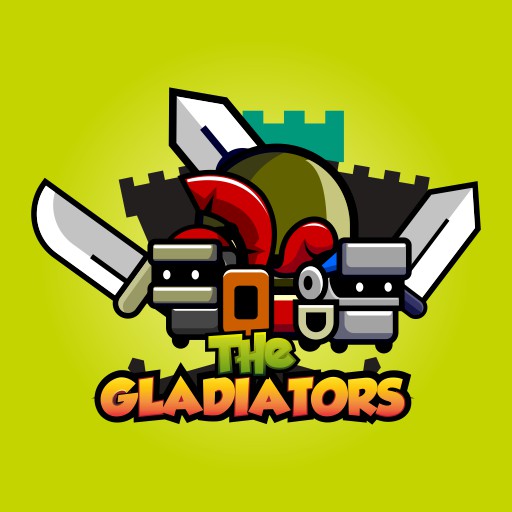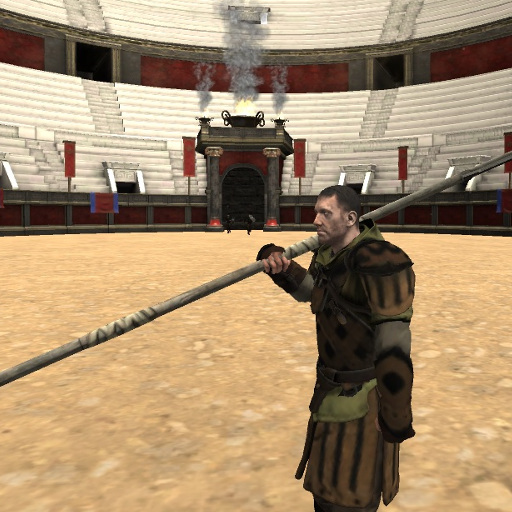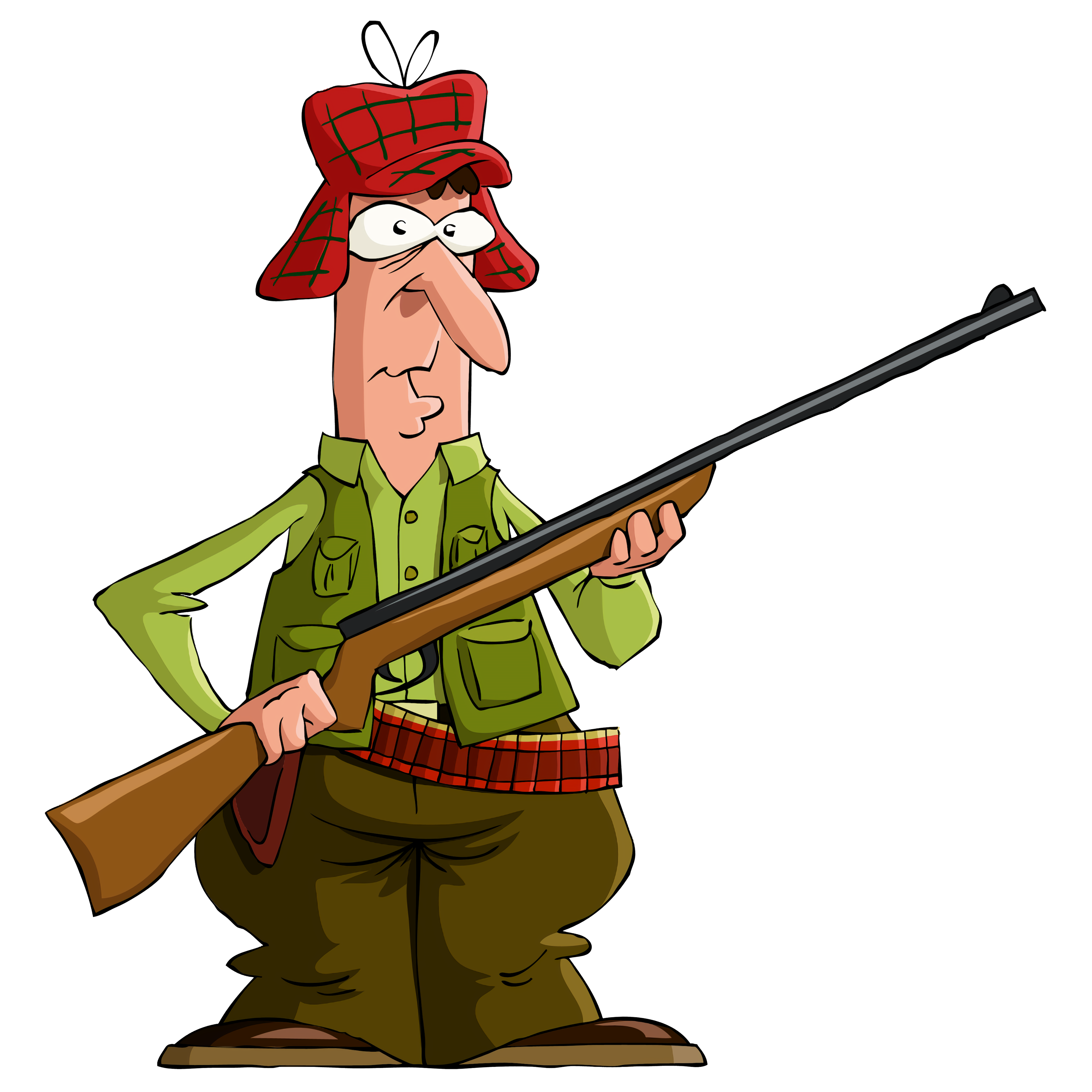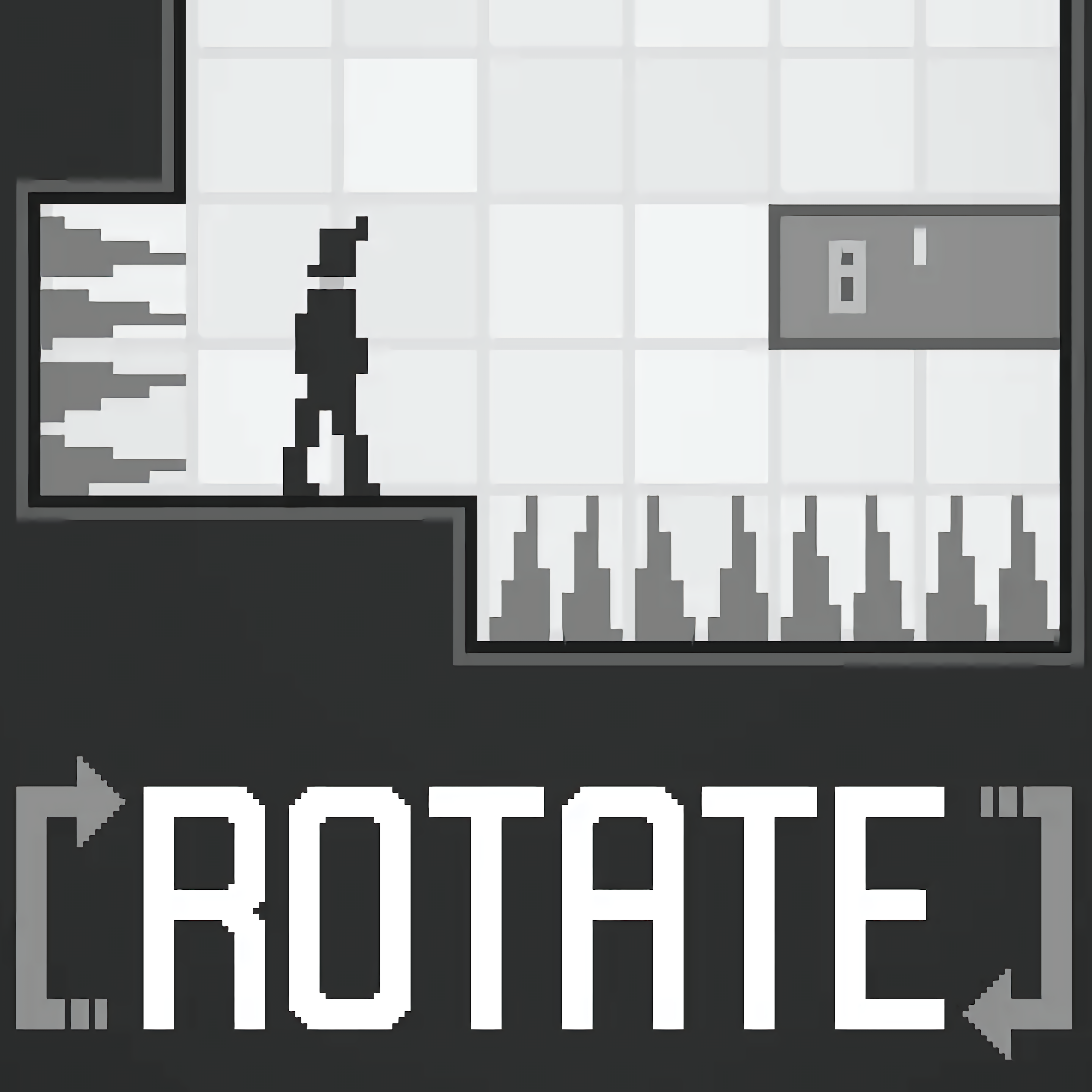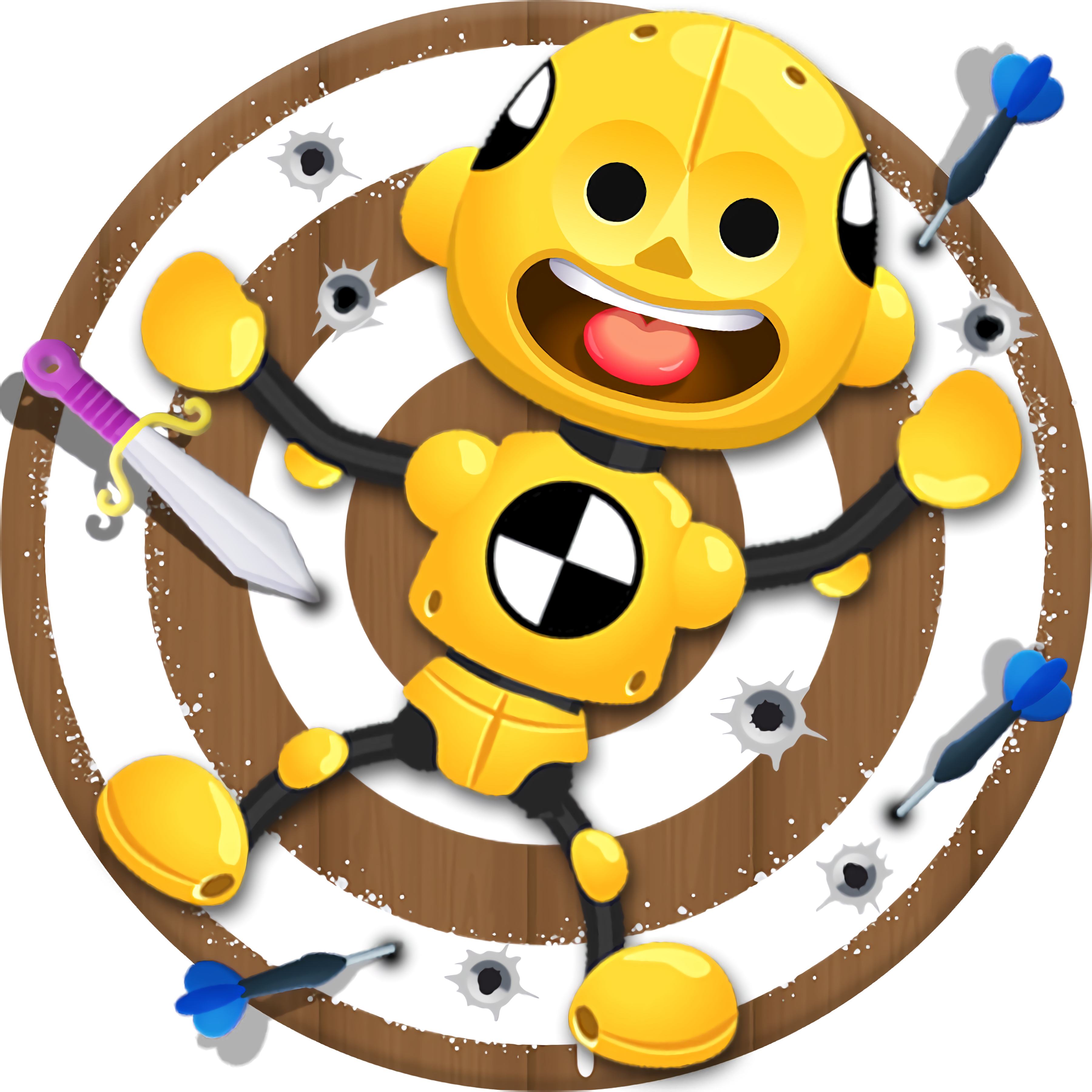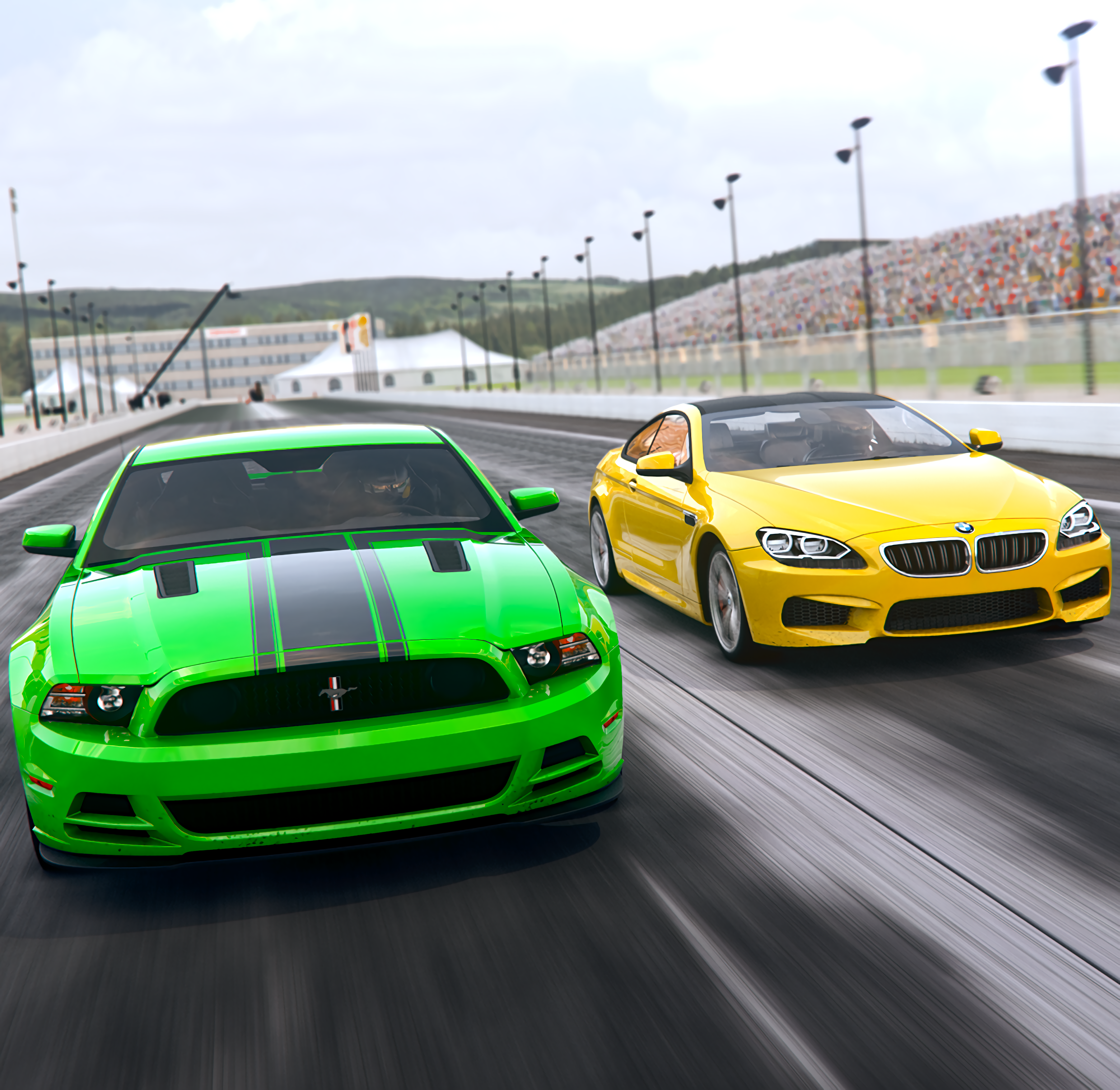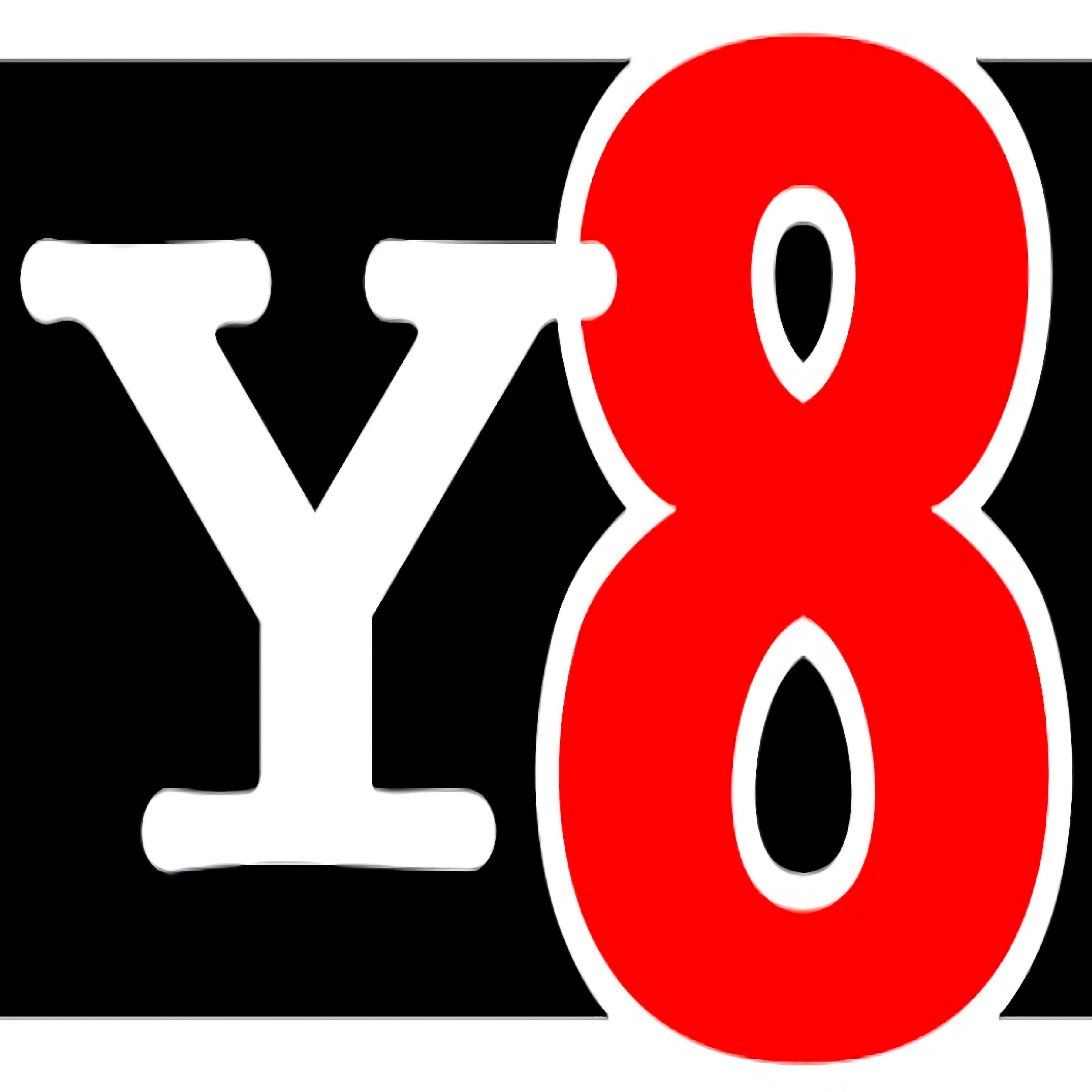If you like gladiator games, you'll probably love stories about Ancient Rome and the martial arts practiced there as well. Gladiator games are those in which gladiators are the main characters.
Gladiators - characters gladiator games
Gladiators, also known as swordsmen, were prevalent in Ancient Rome. They engaged in conflicts as fighters. Gladiator fights were arranged for the show's entertainment value. The gladiator who won the combat was awarded freedom and was no longer enslaved.
Gladiator conflicts are notable for a variety of aspects. One of these characteristics is the finger gesture. When a gladiator is incapacitated and unable to battle, he must raise his index finger. In this case, the gladiator admits defeat and the fight is over. If the king chooses to spare the gladiator while he is still alive, he does so now. Frequently, the rulers would allow the opponent to finish off the injured gladiator.
What types of gladiators can you find in gladiator games?
The gladiators, known as "andabats," fought with chain mail and helmets with no eye apertures, making it difficult for them to see one other. Gladiators, sometimes known as "bestiaries," were members of the underworld who were forced to compete in gladiatorial combat.
Gladiators with daggers or darts were dispatched to fight a ferocious beast. In such battles, gladiators were nearly always murdered.
Gladiators who fought with two swords in each hand didn't have any armor, helmets, or shields. They were dressed in short tunics with leg bandages.
Gladiators like this were dubbed "Dimachers." Equita gladiators, who were lightly armed and protected by a shield and scale armor, were also present. Their helmets were decorated with brushes, and their forearms were armored.
Gladiators like as this one fought on horseback before continuing on foot. Other gladiators were known as "Gauls," "Goplomakhs," and "Lakvearii," and they were only supplied with lassos, murmillons, provocateurs, Samnites, and a variety of other species.
Plots and locations in gladiator games
Gladiator games include a wide range of plots, but they always center on various sorts of battles, warfare, and martial arts. Antique elements are commonly used in the tale since gladiators existed in ancient Rome.
Gladiators are periodically transported to different universes by game designers' ideas. Gladiator games were held in venues built specifically for gladiators, while gladiators performed in arenas.
Some gladiatorial arenas have survived and can still be found today. The most renowned gladiator arena is the Colosseum, whose remnants may still be seen in Rome.
In Tunisia, the Mark Antony Gordian amphitheater has been preserved, while in Verona, the arena has not only survived but is also used for opera performances. Gladiators that appear in gladiator games may be unknown as well as those you've heard of or are familiar with.

